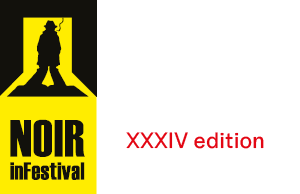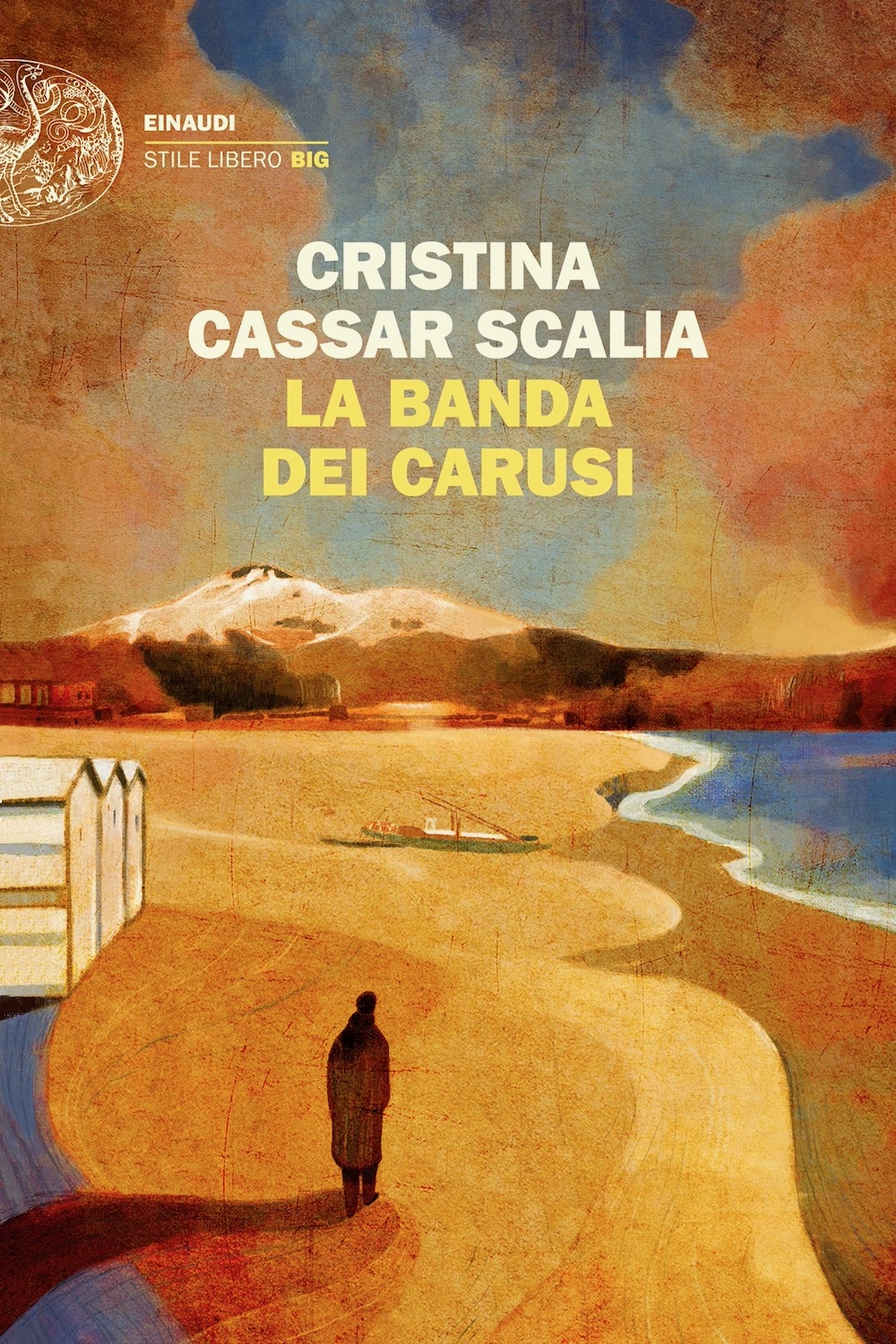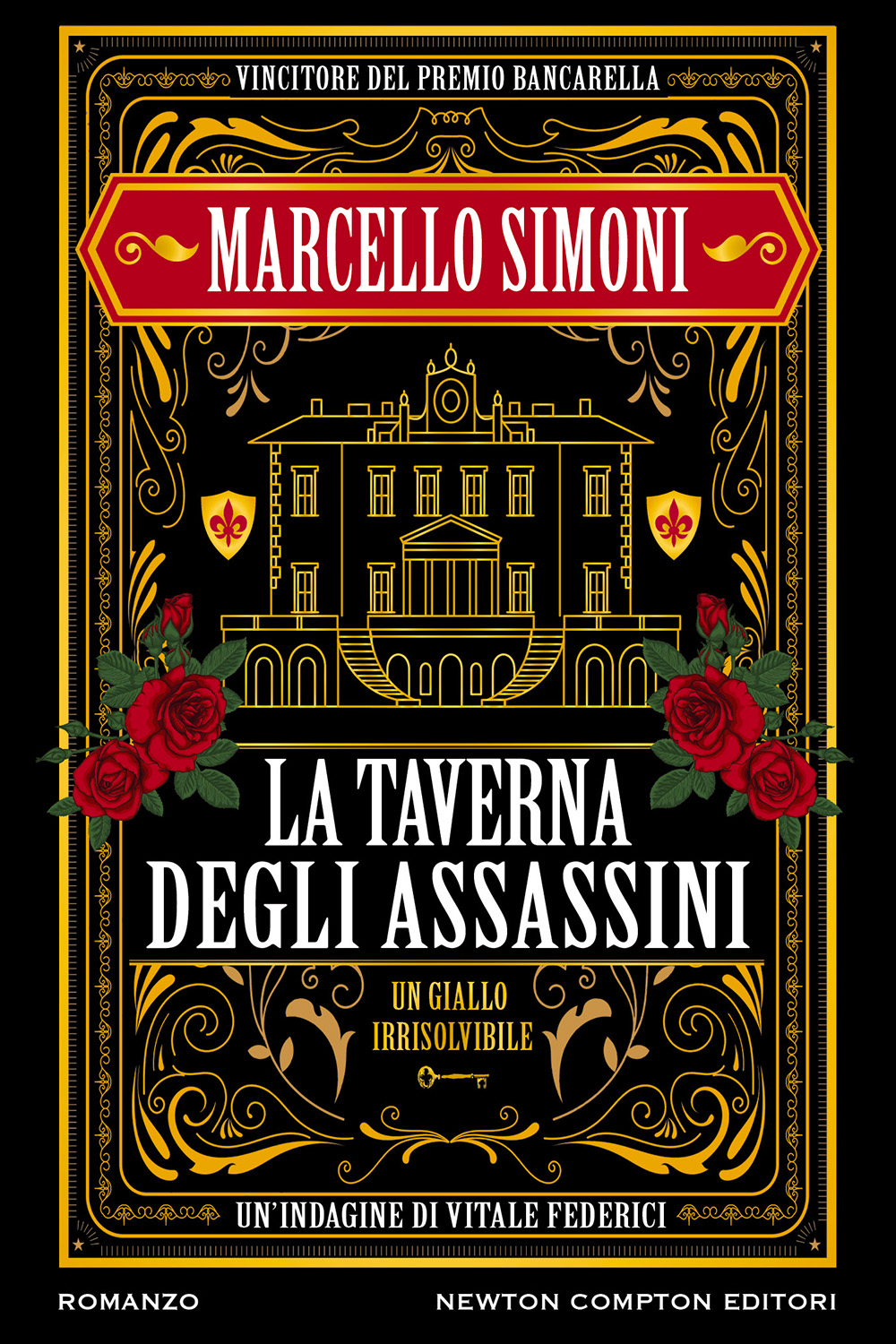LA FINE È IGNOTA
Mariolino Migliaccio is just over thirty and has precious little to show for it. A big fan of American movies, he’s a private investigator without a license or even an office, and receives his clients at a bar in the alleys of Genoa. Since his mother, a prostitute, was killed by a client, Mariolino has nothing left but his infallible intuition. He knows every inch of Genoa and what spots to search to bring the city’s secrets to light. No wonder Luigi il Vecchio, the mobster who runs a wellness center that is actually a brothel, has hired Mariolino to go out and find Liveta, one of his “girls” who has run off, where, is anybody’s guess. When our hero realizes that turning up Liveta was just an excuse, and he’s supposed to solve a much bigger and dirtier problem the mob has, it’s way too late to turn back. Bruno Morchio wrote Maccaia in 1999, followed by La creûza degli ulivi, but neither found a publisher. In 2000, the newly founded Fratelli Frilli Editori published his Una storia da carruggi, which sold well and also got his first two books in print. The exploits of private detective Bacci Pagano would continue in eleven more novels. In 2013, Il profumo delle bugie was shortlisted for the Bancarella Award. In 2015, Il testamento del Greco came out, followed by Un piede in due scarpe in 2017. The latter introduced two characters: a psychologist nearing forty, Dr. Paolo Luzi, and a police inspector from the Alto Adige named Ingravallo, a clear homage to the famous don Ciccio in Gadda’s That Awful Mess on Via Merulana. Un piede in due scarpe would receive a Special Mention from the Scerbanenco Award jury.












